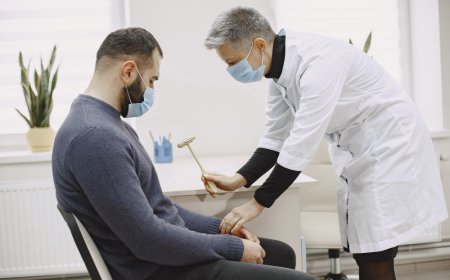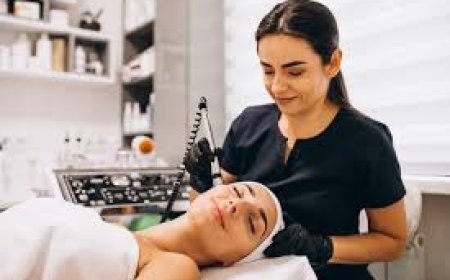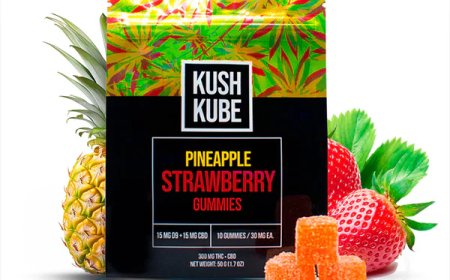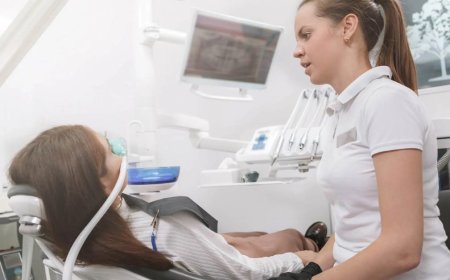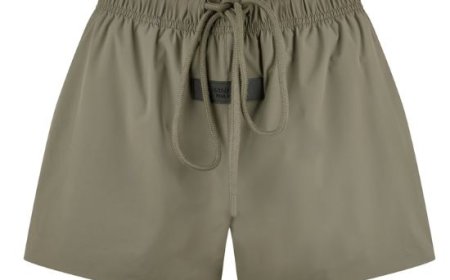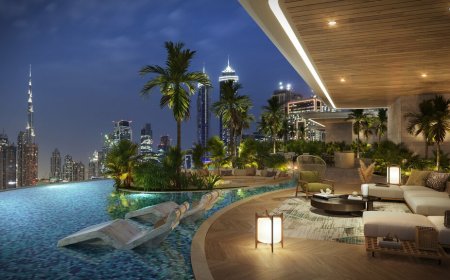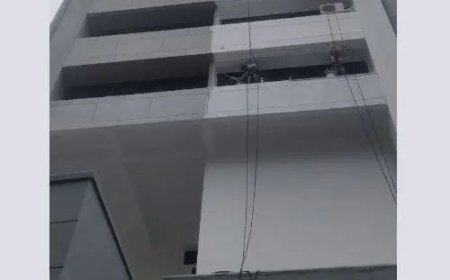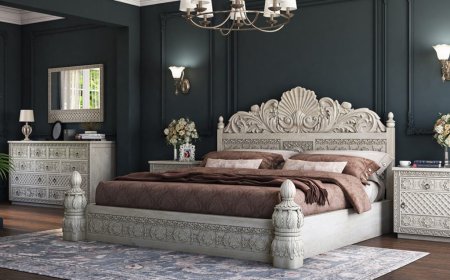Why Smart Film Technology Is the Future of Privacy Glass

Key Takeaways
-
Smart film technology enables glass to switch between transparent and opaque instantly
-
PNLC film is the material behind this transformation
-
Smart film for car windows improves privacy, heat control, and aesthetics
-
Applications include homes, offices, hospitals, and automobiles
-
Glass Base is helping to make smart film more accessible and reliable
Introduction to Smart Film Technology
Imagine having glass that changes its appearance on command. That's what smart film technology offers. In an age where convenience, energy efficiency, and privacy are top priorities, smart film is fast becoming a go-to solution for modern spaces. Whether used in homes, vehicles, or commercial buildings, this innovative technology is reshaping the way we interact with glass surfaces.
Smart film, when applied to a glass surface, gives you control over visibility and light transmission. At the heart of this system is a special film that changes from clear to opaque with a simple switch or app. This transformation is made possible by a unique material known as PNLC film.
Understanding PNLC Film
PNLC film, or Polymer-Dispersed Nematic Liquid Crystal film, is a key component of smart glass. It consists of liquid crystals dispersed within a polymer matrix. When an electric voltage is applied, these crystals align, making the glass clear. When the voltage is turned off, the crystals scatter randomly, diffusing light and rendering the glass opaque.
This mechanism allows users to control privacy without curtains, blinds, or tints. PNLC film is flexible, energy-efficient, and compatible with most types of glass, making it ideal for a variety of applications.
How PNLC Film Works:
-
Powered On: Crystals align, allowing light to pass through glass becomes clear.
-
Powered Off: Crystals scatter, diffusing light glass becomes frosted or opaque.
The result is a fast, silent, and elegant transition that enhances both function and aesthetics.
Smart Film for Car Windows: A Growing Trend
Privacy, comfort, and heat control are all reasons why many car owners are embracing smart film for car windows. Traditional window tinting is static once its applied, it stays the same. Smart film, on the other hand, adapts to your needs.
Key Benefits of Smart Film for Cars:
-
Privacy on demand: Make windows opaque when parked or in traffic
-
UV and heat protection: Block over 90% of UV rays
-
Enhanced safety: Reduce glare for a better driving experience
-
Stylish appearance: Upgrade your vehicle's look
-
Legal flexibility: Adjust transparency to stay compliant with local tint laws
For those who value both function and form, smart film for car windows offers a high-end solution. Its especially popular in luxury vehicles, commercial fleets, and rideshare cars where privacy is crucial.
Residential Applications of Smart Film
Homeowners are turning to smart film technology to enhance their living spaces. Whether its for privacy, energy efficiency, or design, smart film serves multiple purposes.
Common Residential Uses:
-
Bathroom windows: Ensure privacy without losing natural light
-
Bedroom windows: Maintain openness by day, privacy by night
-
Skylights: Reduce glare and heat from above
-
Glass doors and partitions: Modern, minimal, and clean design
PNLC film also improves insulation, helping to maintain indoor temperature and reduce HVAC costs.
Commercial and Office Applications
Businesses are also adopting smart film technology for modern and flexible interiors. Offices, clinics, and public spaces use smart film to improve both function and aesthetics.
Office Benefits:
-
Meeting rooms: Switch to private mode instantly for sensitive discussions
-
Office partitions: Reduce distractions without building permanent walls
-
Reception areas: Impress clients with sleek, high-tech features
Hospitals and clinics use pnlc film in patient rooms and surgical areas, offering both hygiene and flexibility a major upgrade from traditional curtains.
Smart Film Installation: What You Need to Know
Before installing smart film, its important to plan ahead. The process is straightforward but requires attention to detail for best results.
Key Considerations:
-
Power source: Smart film needs a nearby electrical connection
-
Glass type: Works best on flat, clear glass surfaces
-
Control options: Switch, remote, motion sensor, or app
-
Professional installation: Ensures durability and proper alignment
A good installation can make pnlc film last 1015 years with minimal upkeep.
Glass Base: Making Smart Film Easy to Access
When it comes to high-quality smart film products, Glass Base stands out. They specialize in providing reliable smart film technology for homeowners, businesses, and vehicle owners.
From custom measurements to expert installation, Glass Base helps customers integrate smart film smoothly into their spaces. Whether you need a full-home installation or just smart film for car windows, they offer end-to-end solutions powered by premium pnlc film.
Their mission is simple: to bring the future of glass to everyone.
Energy Efficiency and Environmental Impact
One of the less obvious but powerful benefits of smart film technology is its environmental impact. By reducing heat transfer and UV exposure, smart film helps cut down on air conditioning use and energy consumption.
Environmental Benefits:
-
Lowers cooling costs
-
Reduces need for artificial lighting
-
Minimizes material waste (no need for curtains or blinds)
-
Long lifespan means less frequent replacement
Because pnlc film uses very little electricity only during switching its considered a sustainable alternative for modern design.
Smart Film and Modern Design Trends
Interior designers and architects are increasingly integrating smart glass into their work. It fits perfectly with minimalist, open-concept layouts, and adds a futuristic feel.
Why Designers Love It:
-
Seamless transitions between open and private spaces
-
Clean, elegant lines with no hardware or window dressings
-
Customizable options for color, shape, and opacity level
Whether for homes or commercial interiors, smart film technology helps elevate both form and function.
Cost vs. Value: Is Smart Film Worth It?
While the upfront cost of smart film may be higher than blinds or tints, the long-term value justifies the investment.
Cost Factors:
-
Size of the glass surface
-
Type of control system
-
Installation complexity
-
Custom shapes or colors
Long-Term Benefits:
-
Energy savings
-
Increased property value
-
Lower maintenance
-
Improved comfort and security
For many, the ability to control privacy and lighting at will is well worth the initial investment.
Future Innovations in Smart Glass
As smart film technology advances, expect to see even more features:
-
Color-changing films for mood or temperature control
-
Solar-powered smart glass for off-grid buildings
-
Touch-sensitive controls embedded in the glass itself
-
Integration with smart home systems like Alexa or Google Home
PNLC film continues to evolve, offering higher clarity, faster switching, and better durability with each new version.
Final Thoughts: A Smart Future for Glass
The way we think about glass is changing andsmart film technology is leading that change. From privacy and energy efficiency to style and innovation, smart film is the modern solution for a wide range of needs.
Whether it's used in a high-rise office, a quiet suburban home, or inside your vehicle, smart film delivers more control, more comfort, and more style.
With reliable providers like Glass Base making it easy to install and maintain, theres never been a better time to make the switch. As demand grows and technology improves, pnlc film and smart film for car windows will likely become the new standard.
FAQs
1. Is smart film safe for daily use in cars and homes?
Yes, smart film is tested for long-term use and safety. Its non-toxic, durable, and weather-resistant.
2. Can smart film be installed on existing glass?
Absolutely. Most pnlc film is designed to retrofit onto current glass surfaces.
3. Does smart film block sound as well as light?
While not soundproof, smart film does add a mild sound-dampening layer to glass.
4. How do I clean windows with smart film?
Use a soft cloth and non-abrasive glass cleaner. Avoid scratching the surface.
5. Can smart film be used outdoors?
Some versions are weatherproof and UV-resistant, making them suitable for exterior use with proper sealing.




